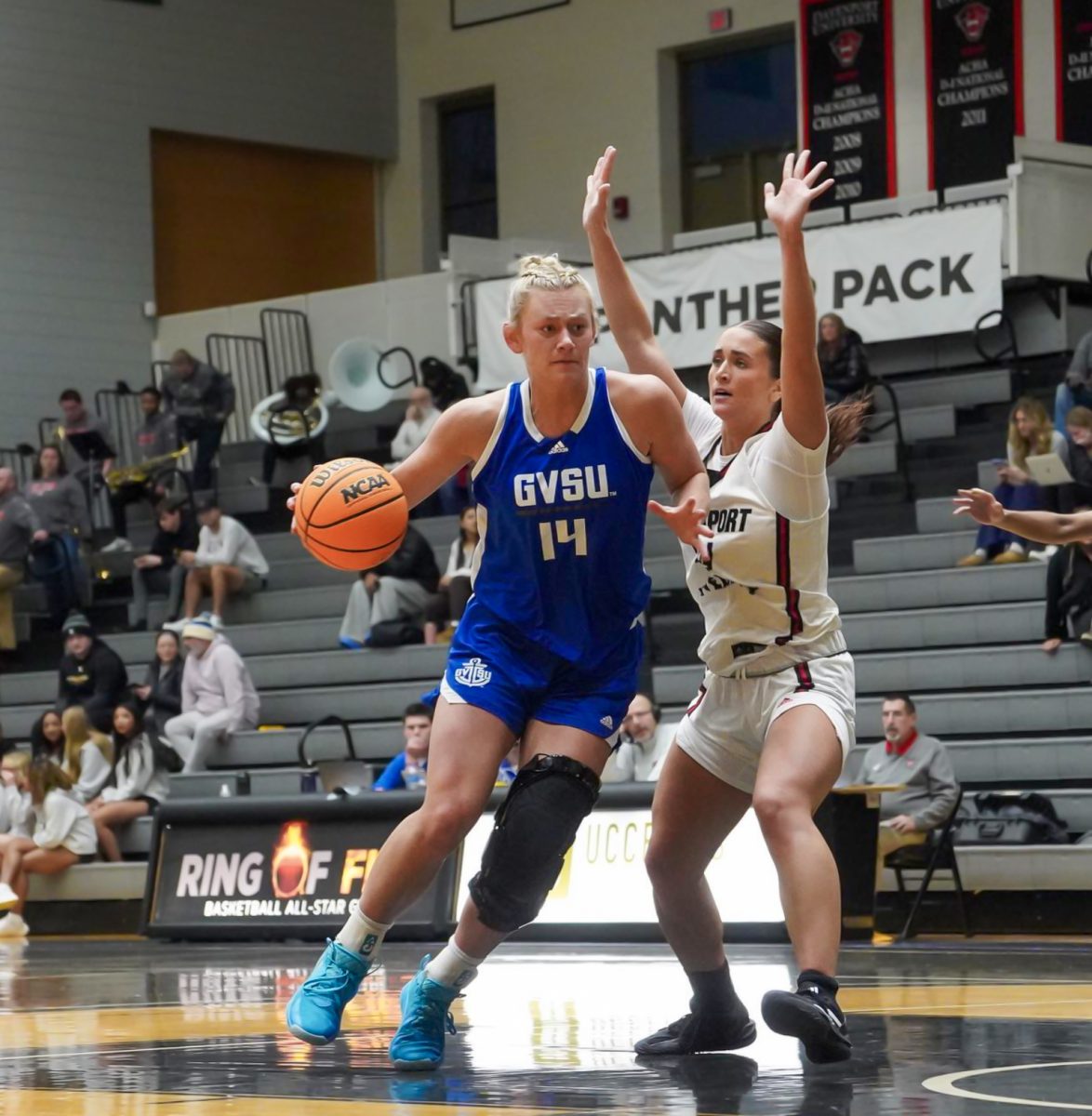GV Student Senate passes legislation to restructure, raise student wages
Nov 28, 2022
After calls for reform from members of the Grand Valley State University community, the university’s Student Senate passed a proposal with the intent of it being shared with the Vice President for student affairs and University Academic Senate on Nov. 17 aiming to usher in a restructuring of the pay scale that determines on-campus student wages.
In the bill, the Student Senate resolved that student employees are being paid below local market values, finding that some students being compensated at a 33% lower hourly rate than students working off campus.
Larbi Al Moutaa, Student Senate’s Vice President of Diversity Affairs and sponsor of the bill, said that students’ frustration was impossible not to notice.
“We received a lot of messages on our social media, complaining about it,” Al Moutaa said. “It was definitely something we needed to address, so we underlined the problem and we researched what was causing this general frustration.”
During their research, Al Moutaa said the Student Senate first noticed what they saw as imperfections in the student wage chart, which is currently split into seven classifications to determine wages based on each job’s duties, required experience, skill level and supervision required. The on-campus wage chart is designed for employers and supervisors to review the wages in order to pay their employees.
Al Moutaa said they determined the chart to be too broad and that it does not acclimate to the local market value.
“For one of the characteristics of the student wage chart, they say, ‘for more moderately difficult tasks, or something like high level or related skills,’ that is really broad and it doesn’t give a proper description to every single position, it’s just a gradient,” Al Moutaa said. “We also noticed that it doesn’t accommodate small local market value, in a way where every single student position has a different local market value based on that specific position, and that chart just puts everything in one.”
Along with research on student wage rates, the Student Senate also met with multiple stakeholders and came to the conclusion that student employment contradicts itself when telling employers how to follow the student wage chart.
“From all these meetings, we noticed that student employment says, ‘that chart is just a reference and employers are not mandated to follow it,’ but employers say that it’s the opposite,” Al Moutaa said. “From what I heard from the employers, they mentioned that there was an example where they tried to give a raise to a student because their budget allowed it, but student employment refused to give them that raise because they didn’t believe that the student had a high difficulty job that deserved that payment.”
He said after researching the on-campus wage chart and meeting with stakeholders and department heads, they defined three faults in the student wage system.
“The student wage charts, the budget – which is based on the student wage charts – is really constricted, and the fact that there is a lot of red tape,” Al Moutaa said. “So, this is where we brought in this legislation which reconstructed the student wage budget and chart.”
In the legislation, the Student Senate called for four resolutions. In the second resolution, the Student Senate wrote that it “recommends that the University restructures the wage rate classification system, in favor of a more comprehensive and flexible chart.”
Al Moutaa referenced that Michigan State University’s wage chart should be used as a model.
“If you see their student wage chart, they have every single position, with a detailed description of what that student does, their daily tasks and a minimum pay and a maximum pay that includes the labor market analysis,” Al Moutaa said.
The Student Senate also created a task force to ensure that the reconstruction will run smoothly, and that changes will not cause an increase in tuition.
Student Academic Success student worker Brittany Snyder said she would appreciate a raise in her wage.
“I love being a student worker, but sometimes it is hard to compare what I make hourly to my friends or people working at fast food places on Lake Michigan Drive,” Snyder said. “Since some of us are working to make money to go to school here, it’s hard knowing that I get paid less than a lot of people.”
If the legislation is approved by the administration, Al Moutaa said he anticipates at least a 30% raise for many student employees, along with more transparency with the wage chart.
As it moves forward, the bill will be sent to both the Vice President of Student Affairs and the University Academic Senate. In order for the bill to be passed by the university administration, Al Moutaa said students must make their voices heard.
“Unfortunately, as much as we’re working hard to create change, with the way the university is organized, it’s like (Student Senate has) no power, so this is where we rely on student voices and student concerns to put pressure on the administration to pull through,” Al Moutaa said.
However, he said it appears that the vast majority of the Student Senate is in favor of the legislation.
If the bill gets implemented, Al Moutaa said results should be noticeable by the beginning of the fall 2023 semester.
Student Employment did not immediately respond to request for comment in relation to the Senate’s findings and legislation.


























